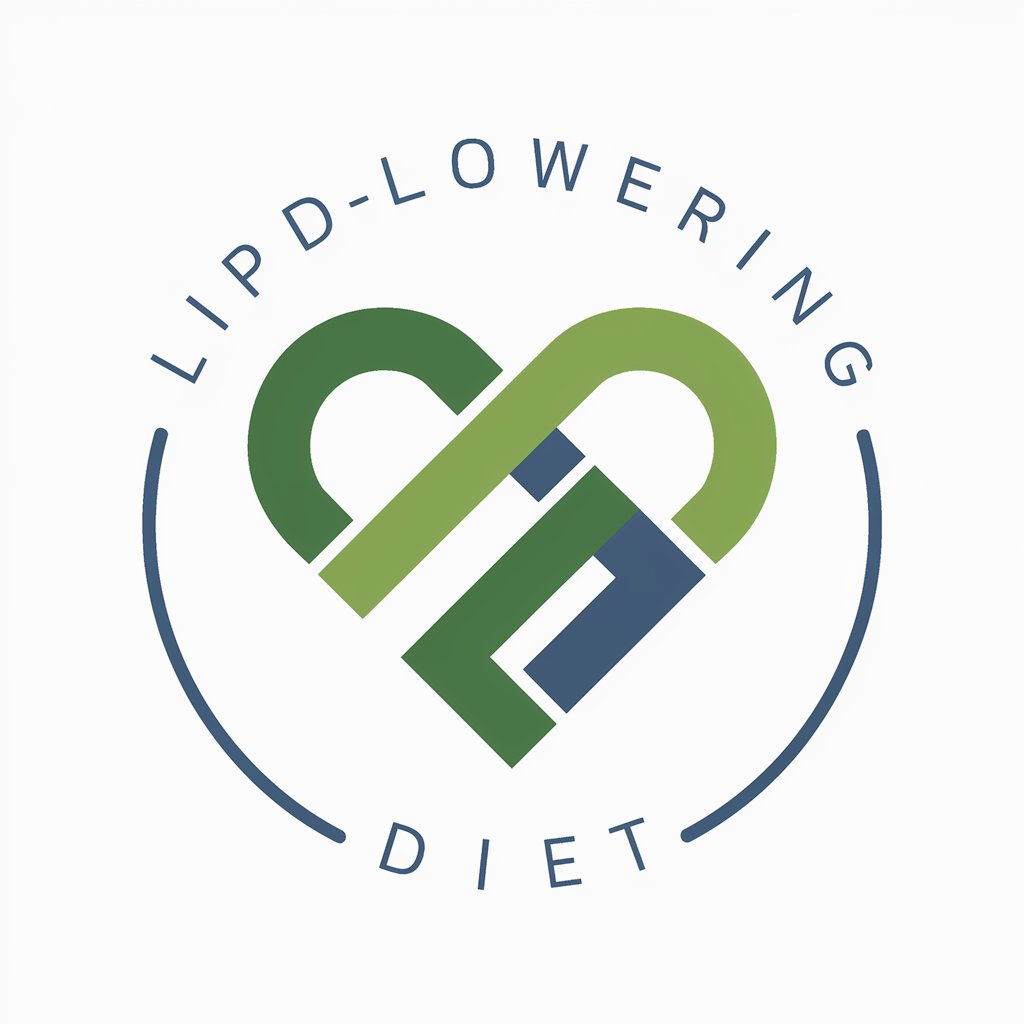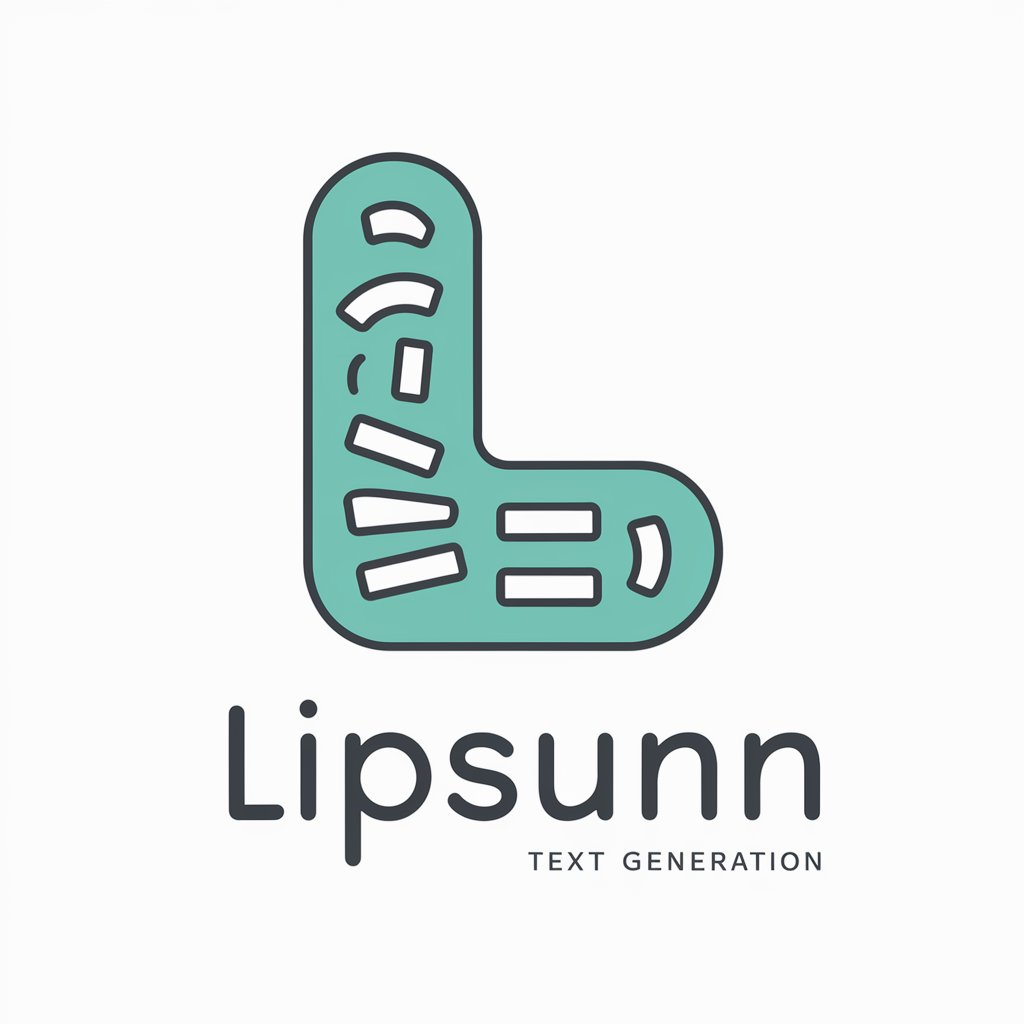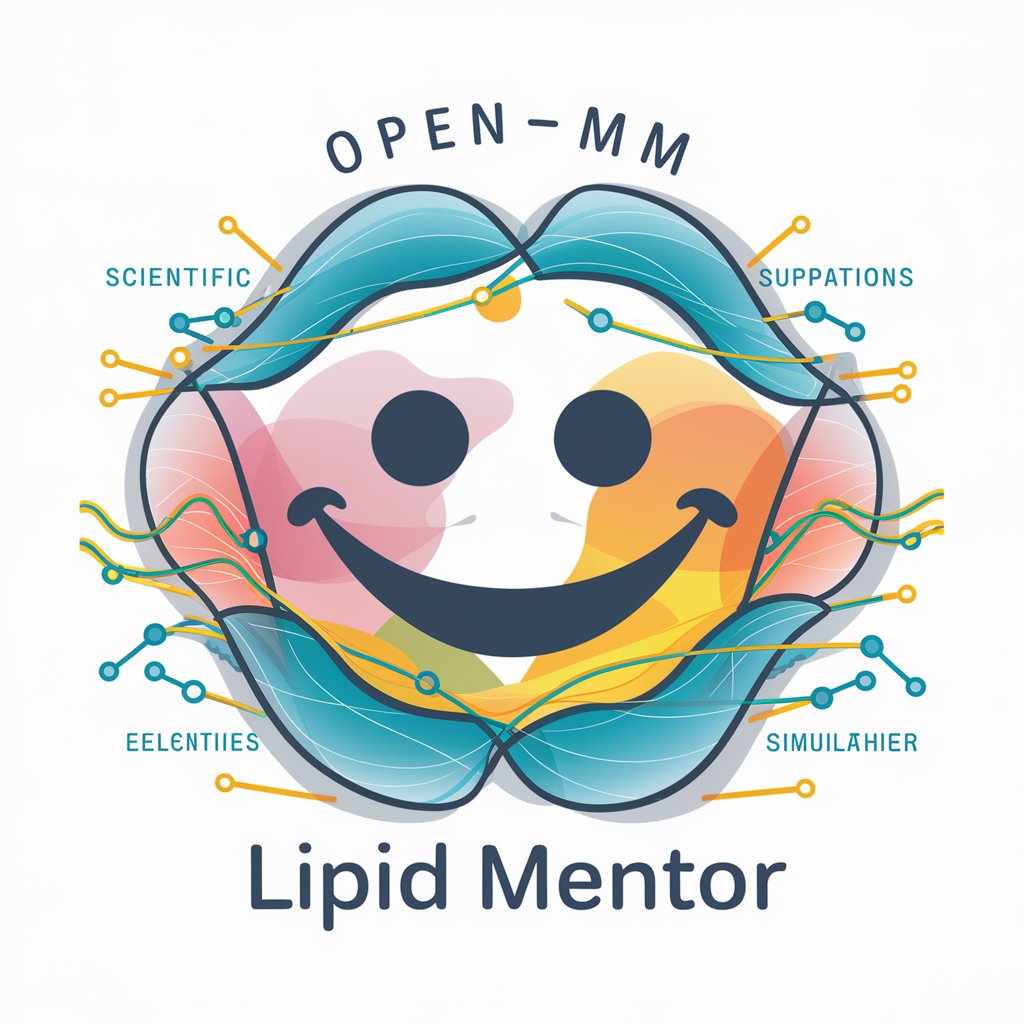Lipid-lowering diet - Personalized Dietary Planning

Welcome! How can I assist with your dietary needs today?
Tailoring Nutrition for Heart Health
What are the best foods to lower blood pressure?
How can I create a meal plan for reducing cholesterol?
Which nutrients are crucial for heart health?
What dietary changes can help manage hypertension?
Get Embed Code
Introduction to Lipid-lowering Diet
A lipid-lowering diet is specifically designed to reduce levels of 'bad' cholesterol (LDL) and triglycerides in the blood, thereby enhancing cardiovascular health. This diet is rich in fruits, vegetables, whole grains, and lean proteins, and it emphasizes the consumption of foods that are low in saturated fats and cholesterol. High fiber foods like oats and barley are also a staple, as they help to absorb and eliminate cholesterol from the body. Nuts, seeds, and fatty fish that provide omega-3 fatty acids are recommended for their beneficial effects on blood lipid profiles. This diet not only helps in managing lipid levels but also contributes to the overall reduction of cardiovascular risk. Powered by ChatGPT-4o。

Main Functions of the Lipid-lowering Diet
Reduction of LDL cholesterol
Example
Incorporating soluble fiber from oats and barley, which binds cholesterol in the digestive system and helps remove it from the body.
Scenario
A patient with high LDL cholesterol includes oatmeal and barley-based meals in their daily diet, which contributes to a significant decrease in their LDL levels over time.
Lowering of triglycerides
Example
Enhancing intake of omega-3 fatty acids through fish like salmon, mackerel, and sardines, or through supplements.
Scenario
An individual with elevated triglycerides opts for grilled salmon twice a week, resulting in improved triglyceride levels as evidenced in their lipid panel results after three months.
Improvement of overall cardiovascular health
Example
Following a diet low in saturated fats and cholesterol while high in vegetables, fruits, and whole grains.
Scenario
A person at risk of cardiovascular diseases adopts a lipid-lowering diet, which leads to lower blood pressure, reduced cholesterol, and overall enhanced heart health, contributing to a decreased risk of heart attacks and strokes.
Ideal Users of Lipid-lowering Diet Services
Individuals with hyperlipidemia
People diagnosed with high levels of lipids in their blood, such as cholesterol and triglycerides, would benefit from a lipid-lowering diet to manage their condition and reduce the risk of cardiovascular diseases.
Persons at risk of cardiovascular diseases
Individuals with a family history of heart disease, obesity, or other risk factors like hypertension would find this diet instrumental in preventing heart conditions by managing their lipid levels effectively.
Health-conscious individuals
Anyone looking to maintain or improve their heart health proactively can adopt a lipid-lowering diet as a preventive measure to keep their lipid levels within a healthy range and support overall wellness.

Utilizing the Lipid-lowering Diet Tool
Start Your Journey
Initiate your dietary improvement by accessing a free trial at yeschat.ai, offering an immediate start without the need for registration or a ChatGPT Plus subscription.
Identify Your Goals
Clarify your dietary objectives, such as reducing LDL cholesterol levels, managing triglycerides, or overall cardiovascular health improvement. This focus will guide the customization of your diet plan.
Input Dietary Preferences
Provide information about your dietary preferences, restrictions, and any known allergies. This ensures the recommendations are both safe and aligned with your lifestyle.
Engage with Tailored Advice
Receive personalized dietary advice, including meal plans, recipes, and nutritional guidelines specifically designed to lower lipid levels and improve heart health.
Monitor and Adjust
Regularly assess your progress and adapt your diet plan as needed. Utilize the tool’s features to adjust your diet based on changing health metrics or goals.
Try other advanced and practical GPTs
JapanAI
Explore Japan with AI Insight

Charisma, Uniqueness, Nerve, and Talent: The Game
Experience the Glamour of Drag—AI-Driven Adventures!

Lipsum
Streamline design with AI-driven text

Story Maker (ストーリーメーカー)
Bringing stories to life with AI

楽しく学ぶ。四字熟語イラストクイズ(中学受験レベル)
Master Idioms with AI-Driven Art

淳製造機2
Craft Images Effortlessly with AI

Dr. Lipschitz
Your AI-powered deep knowledge companion

OpenMM Lipid Mentor
Empower your research with AI-driven lipid simulations.

Lipstick Tactical
Empowering Women with AI-Powered Firearms Wisdom

Geschichte der Stadt Bad Lippspringe
Discovering Bad Lippspringe's Past

Ask the Bible. Follow the Word.
AI-powered Biblical Wisdom

Headline Maker
Craft Perfect Headlines with AI

FAQs on the Lipid-lowering Diet Tool
What makes the Lipid-lowering Diet Tool unique?
This tool stands out for its personalized dietary recommendations aimed specifically at lowering lipid levels. It takes into account individual dietary preferences, health goals, and nutritional needs to craft a tailored diet plan.
Can the tool accommodate dietary restrictions?
Absolutely. The tool is designed to cater to various dietary restrictions, including vegetarian, vegan, gluten-free, and lactose-free diets, ensuring that everyone has access to effective lipid-lowering dietary advice.
How often should I update my dietary preferences or goals?
It's recommended to update your preferences or goals whenever there is a change in your dietary habits, health status, or objectives. This helps to keep the dietary advice relevant and effective.
Is the tool suitable for those with specific health conditions?
Yes, the tool is beneficial for individuals with conditions like hyperlipidemia, diabetes, and heart disease. However, it's crucial to consult with a healthcare provider before making significant dietary changes.
How does the tool help in tracking progress?
The tool offers features to track dietary intake, monitor lipid levels, and evaluate progress towards health goals. This feedback loop is vital for adjusting the diet plan for optimal results.
